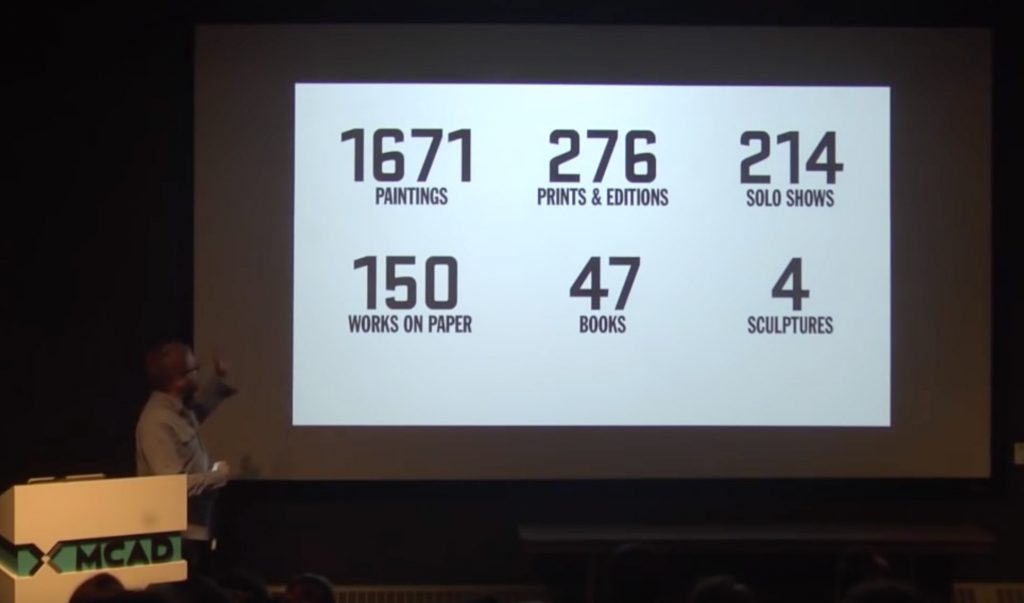I’ve been struggling over the past year and a half, trying to get a routine down — to optimize my time and get some real work done. I am essentially self-employed now, even if I’m not earning a living by my efforts. Nearly forty years with the US Postal Service and twenty-four years as a bi-vocational pastor kept me working and focused, so there was an imposed structure to my day with objectives and goals to meet, as well as work to be done. Now, I have to plan my own workday, thankful that years of working for the USPS, Denise’s years of contracting and employment, the generosity of others, and personal planning have provided the financial foundation for labors of love that don’t necessarily pay. God has been good… literally.
As a Christian, the basis of all work, in general, and my personal mission statement are found in God’s word:
Whatever you do, work heartily, as for the Lord and not for men, knowing that from the Lord you will receive the inheritance as your reward. You are serving the Lord Christ. (Colossians 3:23–24 ESV)
Humans were created to work for and with God: labor is not part of the curse but, rather, it is one of the ways we image God and it’s imprinted in our DNA — it’s part of our identity as beings, created in God’s image and for His work, spreading His glory throughout the entire cosmos:
Then God said, “Let us make man in our image, after our likeness. And let them have dominion over the fish of the sea and over the birds of the heavens and over the livestock and over all the earth and over every creeping thing that creeps on the earth.” So God created man in his own image, in the image of God he created him; male and female he created them. And God blessed them. And God said to them, “Be fruitful and multiply and fill the earth and subdue it, and have dominion… The LORD God took the man and put him in the garden of Eden to work it and keep it. (Genesis 1:26–2:15 ESV)
Now, I don’t have many imposed obligations and deadlines, when compared to my former life. But, that doesn’t mean they don’t exist. Most of the goals and expectations I have are the result of assessing needs and opportunities to serve, matching my gifts, my abilities, and the resources available to me to determine how the Lord would have me see His Kingdom come, in and through me (in the words of J.I. Packer).
This post marks where I find myself today — my work routine is continually evolving. I’ve found a lot of helpful resources to develop my daily game plan. Other fellow travelers, following a similar course in their lives, have pointed me to some valuable resources. The following represent the top three discoveries that shape how I’m working now in order of my encounters with them:
- First, I settled on Evernote to create daily schedules, to establish goals, to track my progress, and to corral all of the notes that once cluttered my desk, my Mac desktop, and my mind! Evernote also holds my prayer list, checklists, project notes, and much more. Evernote helped me to begin clumping blocks of time and provide a basic, I repeat, a very basic daily and weekly schedule.
- Second, my cousin Nancy pointed me to Matt Perman’s What’s Best Next. Our first impulse in trying to optimize our life and labors is to prioritize and jump right into finding more time — that’s universal — just scroll through the thousands of productivity products and strategies on the web. But Matt takes a different tack and builds his productivity schema on a foundation of love as the guiding principle in all of life, putting God at the center of our work, in order to define our mission, serving through our work. The subtitle sums it up: How The Gospel Transforms The Way You Get Things Done.
- Third, I came across this presentation while watching videos about Gerhard Richter. The presenter borrows from a popular Christian bumper-sticker campaign a couple decades ago, that originated in a book published over 100 years ago: WWJD? or What Would Jesus Do? The speaker captures the interest of artists by titling his talk How To Paint Like Gerhard Richter and immediately shifts the focus from technique or style to how Richter actually does the work of painting — his work ethic and process for maximizing his gifts and talents. He poses the question WWGRD? or What Would Gerhard Richter Do, in order to serve society as a painter and fine artist. The talk is aimed at fine and graphic artists, but most of the points are applicable to any kind of work and scalable to any enterprise, small or large. The bottom line? Richter approaches his art as work and his daily schedule/routine looks surprisingly similar to those who are successful in business, education, design, manufacturing, building, retail, agriculture or any other examples of real work. It was very helpful.

This is one of the slides from WWGRD? and I have no reason to question the presenter’s statistics. He points out that Richter only came to his current routine late in life and this represents the work the artist has produced since suffering a stroke at age 68!
Finally, I would be an ingrate if I didn’t recognize that I have received a lot of insight, wisdom, and emotional input from friends and counselors over the past four years, who have helped me reorient and retool for this new season of life (I’m coming to hate that cliché — if you know of a better one, please pass it along). They served me out of love and, believe me — they had their work cut out!
Be First to Comment